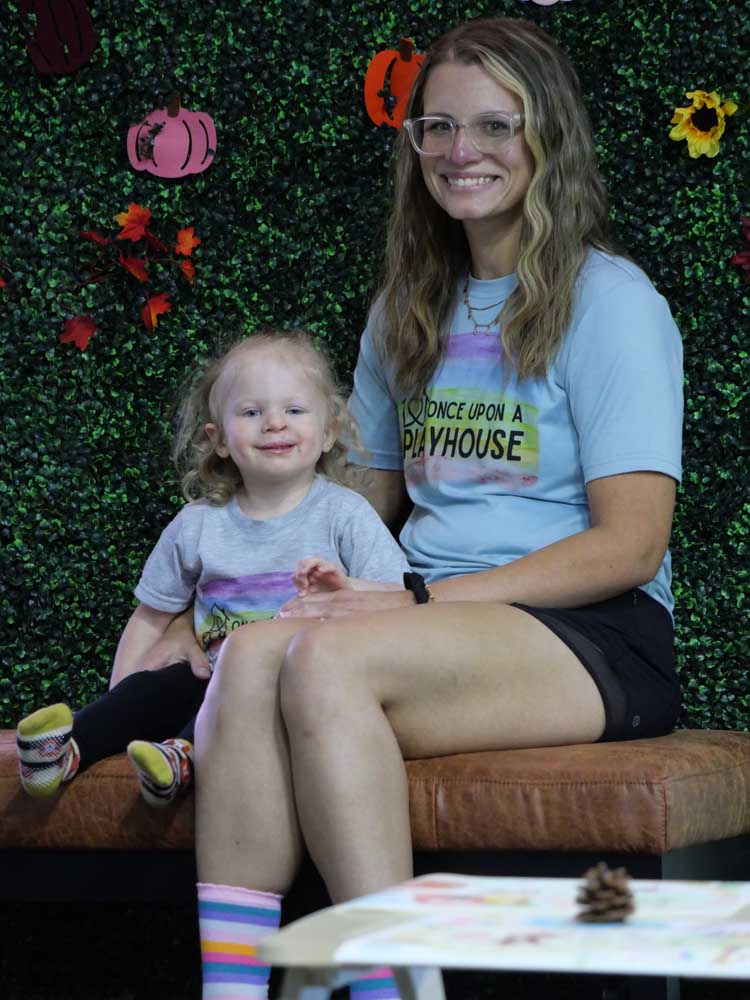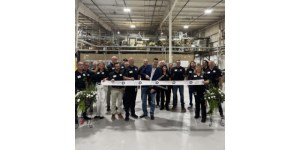Child’s play: Kim Weaver brings sensory indoor play center to Dalton
Published 11:00 am Friday, September 29, 2023

- From left, 2-year-old Callie and her mother, Kim Weaver.
For 28-year-old Kim Weaver, the “why” behind Once Upon a Playhouse is her own flesh and blood.
Her now 2-year-old daughter Callie was born with a cleft lip and palate.
Trending
“She has some feeding difficulties and just put us in a lot of therapy and specialists’ offices,” the Chatsworth resident recounts. “Which has put us around a lot of kids that were just different or had different needs — and that’s kind of what sparked the inspiration.”
Weaver soon realized that one of the core experiences of childhood — simply being able to visit indoor playgrounds — was out of reach for many families.
For some children, the barrier is physical disabilities. For others, it’s the issue of sensory overstimulation, which is particularly pronounced for neurodivergent children.
Addressing that gap became the catalyst behind Weaver’s new business, at 323 N. Hamilton St. in Dalton.
“I may not be able to help these kids medically, but I can still give them a space where they can come and play,” Weaver said.
Conceptually, the indoor playground is not unlike any other. But a closer look at the amenities — things such as sensory swings, magnet walls, bubble tubes and soft play equipment — reveals that Once Upon a Playhouse is anything but run of the mill.
Trending
“We’re just in Dalton so much for doctors appointments, I felt like downtown was a good location because there’s so many people that come in and out,” Weaver said. “And with the Anna Shaw Children’s Institute, they work a lot with kids on the spectrum … they send a lot of kids over here, also.”
Once Upon a Playhouse officially opened its doors in August.
“It felt very unreal,” Weaver reminisced. “But I feel like this is very much what I’m meant to be doing.”
From the outset, she said she wanted the facility to have a calming atmosphere.
“Mostly, it’s 7 and under age demographics,” she said. “We have several things available to help with sensory regulation, which is what we see with a lot of kids … a lot of our toys are educational and some are to teach a skill or to work on fine or gross motor skills.”
She recalled a recent conversation with a parent.
“You don’t know the need or understand the need until you’re the one with the need, when you see your child not able to go to a typical indoor playground,” Weaver said. “It’s hard to grasp why it’s even needed.”
She said there’s no worries about overstimulation at her business — which means no bright lights and no loud music blaring over the speakers to unsettle children.
In addition to providing physical activity opportunities for kids who may not otherwise have them, Weaver said the indoor playground offers children an opporrtunity to socialize.
“Before we started, she absolutely was not going to play with any other kids,” she said of her daughter. “But I’m slowly starting to see, especially with the kids she sees over and over, because they come here so often, she’s warming up to them and playing alongside them.”
And that, Weaver said, is nothing short of remarkable.
“I can tell a difference already,” she said.






